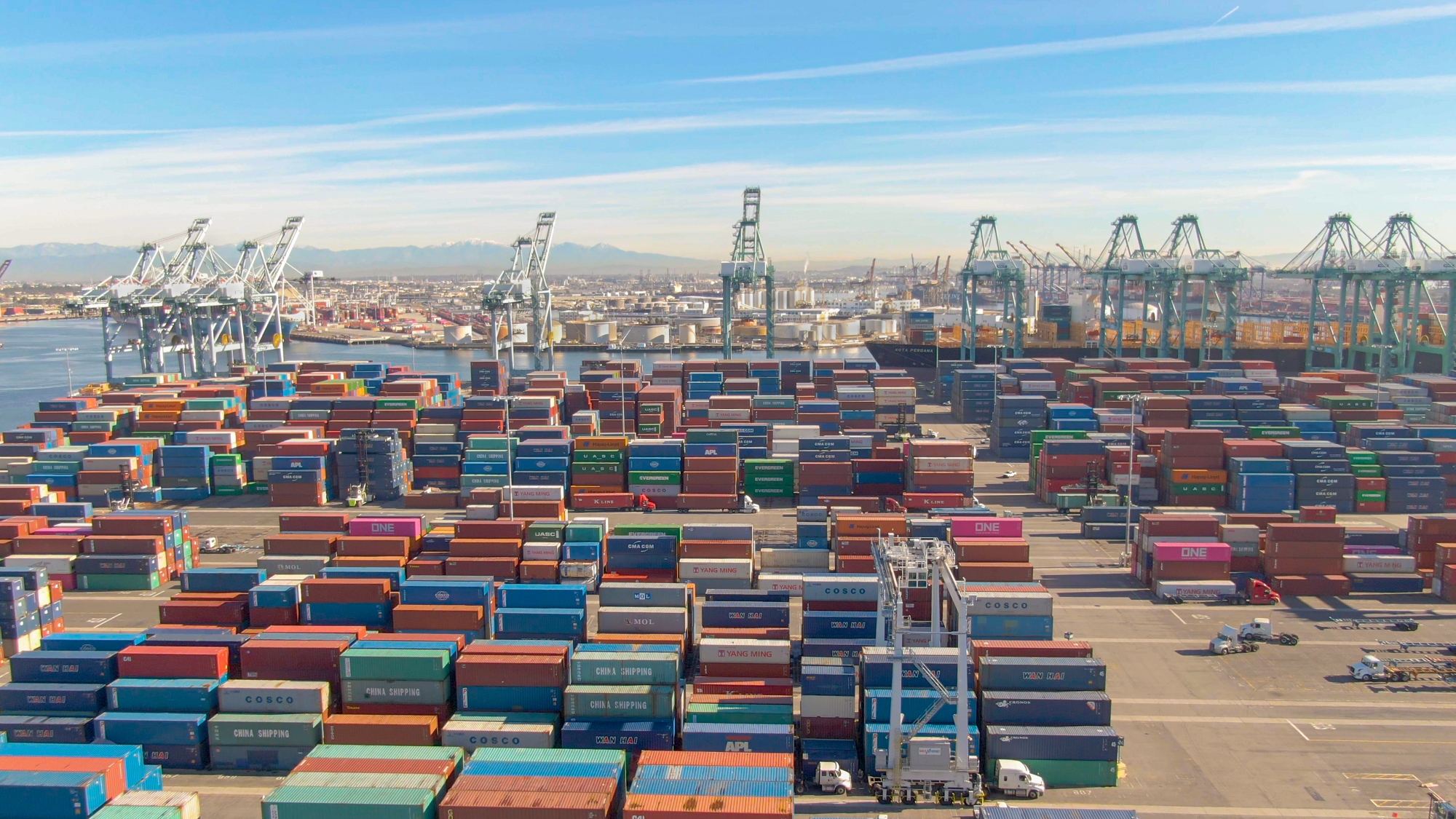Risk Reduction Mechanisms: A Managerial Framework for Reducing the Impact of Disruptions to the Supply Chain
Risk Reduction Mechanisms
To manage the amplifiers of supply chain disruptions with their roots in supply chain globalization and product/process complexity, firms have deployed a variety of different Risk Reduction mechanisms. The full list of risk reduction mechanisms is shown in Table 3. These mechanisms were also coded and classified into three distinct categories of risk reduction activities, which correspond to the three elements of disruption discover, recovery, and supply chain redesign. Figure 4 illustrates this concept. The risk reducers have the following impacts:
1) Improved information visibility reduces the time between the disruption and its discovery,
2) Excess resources reduces the time between disruption discovery and recovery, and
3) Supply Chain Planning and Collaboration ensures that the design of the supply chain is made more robust to reduce the probability of these events occurring again. Each of these relationships is next described.
Deploy Visibility Systems to Ensure Quicker Response to Disruptions
When a disruption occurs, key executives need a quick way to be alerted that a problem occurred. These types of event and alerting systems often fall into the category of visibility and enterprise risk planning models. Such models span system-wide nodes in the supply chain, and can be found in many different forms.
- “Exception” Event Planning Systems are able to discover critical logistics events that exceed normal planning parameters on an exception basis. When discovered, an alert can be sent to executives via pager, phone call, email, or other communication form. The alert can trigger managerial action to mitigate the impact of the disruption as quickly as possible. This area includes gathering supply chain intelligence and monitoring of supply base to allow proactive maneuvers against material flow disruptions. For example, a major pharmaceutical company has deployed a Transportation Event Management System, that tracks the departure and arrival times of shipments going through high-risk distribution channels. In the event that the average “planned” lead-time through the channel is exceeded by a certain parameter (i.e., the shipment is delayed and doesn’t arrive when the system expects it to), a “trigger” notice is sent to users.
- Pilot testing of RFID technologies to track containers in distribution channels at critical nodes. For example, one company is testing RFID in its containers to detect when containers are held up or lost in major ports, where loss of containers is a common occurrence.
- Inventory visibility systems to track demand, inventory,and capacity levels at key nodes in the supply chain, including ports and shipping locations.
- Predictive analysis systems, incorporating intelligent search agents and dynamic risk indexes at major nodes in the supply chain to identify potential problems
- Real-time supply chain reconfiguration, to enable real-time re-scheduling of shipments or contingency plans in response to disruption discovery
Excess Resources
A second category of strategies that is very typical among many companies managing global supply chains is the application of excess resources to buffer the firm against any potential disruptions. This approach is most common when the magnitude of a potential disruption is high, or when the probability of a disruption is also known. This might include the following:
- Increasing the bank/buffer of inventory held at warehouses, manufacturing locations, and distribution centers, and assess inventory buffers in domestic distribution channels at a part-level, to assess contingency and scenario planning
- Increase planned lead-times beyond actual lead-times, to allow a greater buffer for response.
- Add additional personnel or shifts which will under-utilize resources, but provides greater flexibility to react when a disruption occurs.
- Using two or more suppliers for a critical input into a product or service
It is interesting to note that although inventory levels have been reducing overall in the supply chain, the correlation between higher premium freight shipments and inventory reduction is significant. Thus, companies seem to be substituting inventory (one form of excess resources) for greater us of premium freight, thus merely shifting financial resources to a different area of the supply chain! An understanding of the relative levels of premium transportation costs and other excess resources required to sustain supply chain agility and inventory levels in the face of disruptions is an important element of any risk management strategy. Interviewees also stated that current models of total landed cost do not capture the holistic cost of global sourcing due to the hidden costs of visibility, premium freight (response), buffers, port shut downs, etc. One international logistics provider executive framed the issue by stating “every time you do a handoff in a global supply chain, it costs money and there is a potential for a disruption”.
Planning and Collaboration Risk Reducers
Organizations are adopting a variety of mechanisms to prevent disruptions from occurring. Companies who have recently experienced a major disruption are especially likely to do so. Prevention involves first understanding the key players in one’s global sourcing channel, and establishing the need to work together to minimize the potential for disruptions. Once these relationships are established, the partners can meet in an open environment to identify the leverage points that represent risk, and work collaboratively to plan in advance for potential problems, or better yet, eliminate these risks altogether. Global procurement and logistics personnel play a key role in establishing and laying the foundation for a more robust supply chain, by getting the right players involved early on in designing the global sourcing channel. In the earliest stages of sourcing strategy development (involving the solicitation, negotiation with and contracting of sources of material supply), a global sourcing team should:
- Regularly perform on-site supplier evaluations, and screen suppliers that may have poor logistics planning, poor second-tier supplier management, and low process reliability, in order to identify high potential disruptors.
- When there are limited sourcing options, each potential supplier should be required to produce a detailed plan of disruption awareness, and identify contingency plans that can be executed if disruptions occur within the supplier’s own facility or supply base.
- Establish supplier’s capability to establish information sharing with customers, to provide updated information on the visibility of material flows. Ideally, this information should be shared throughout the network electronically – however, with the limitations on bandwidth in certain areas of China, manual updates may be required on a daily basis. In one case, a company discovered that its information sharing mechanism involved a worker who traveled 35 miles daily to a location where a fax machine could be used to share production updates!
- In cases when the risk of disruption is high, the expected costs of these disruptions and problem resolution should be factored into the total cost of sourcing from a particular supplier, to elevate this parameter in the eyes of the team making the final decision.
Once a given supplier has been selected by the sourcing team, an ongoing dialogue with the supplier, as well as the transportation and warehouse providers in the channel, should be established to include:
- Weekly teleconferences with critical partners to identify current issues that may disrupt daily operations, and tactics to reduce them
- Security enhancements that comply with new initiatives in Customs-Trade Partnership Against Terrorism, Container Security Initiative, and others.
- Detailed disruption incident reporting following a major disruption event, to identify root cause and failure mode and effects analysis to learn from and prevent recurrence of similar events.
- Greater training and education to improve decision-making capabilities, and equip managers and associates in the channel with plans and processes for managing disruptions when and if they occur
- Supply Chain Redesign. Many retail organizations we interviewed were in the process of re-designing their supply chain, and beginning to understand the cost tradeoffs between key strategies such as increased inventory, premium freight, and flexible processes, enabled through application of dynamic supply chain optimization tools. Many were also considering port diversification, and were partnering with service providers transportation, carriers, and customers to identify potential solutions. These focused working groups were mapping supply chain ports of entry, identifying pressure points and prioritizing top risk areas – then identifying how to re-configure channels to minimize the amount of freight going through these channels.
- Damage control plans across the supply chain, achieved through modeling of supply chain events and scenario planning. A major retailer, anticipating the West Coast port strike, took steps to identify what the potential impacts of shipments from China being stopped. A simulation was run, which predicted that the bottlenecks would extend back to Chinese ports in Shanghai, and indeed even up through the Yangtze river. (This prediction turned out to be true). In order to mitigate these effects, the company built up inventory in Shanghai, and investigated alternative routes through Hong Kong and East Coast ports, to avert the strike.
Table 3 – Risk Reduction Mechanisms
| Strategically Positioned Excess Resources |
| Expediting and Premium Freight |
| Safety Stock |
| Additional manpower |
| Disruption Discovery Visibility Systems |
| Risk Monitoring Systems |
| Inventory Visibility systems |
| Event Management Systems (Managing by Exception) |
| Deploy RFID at strategic nodes in supply chain |
| Predictive analysis modeling tools – early awareness of impending disruptions |
| Supply Chain Planning and Collaboration |
| Supplier Qualification/Assessment tools |
| C-TPAT and Other Customs Programs |
| Risk Enumeration, Severity Analysis & Contingency Planning |
| Relationship Management and Joint Planning |
| Supply Chain Education and Risk Management Training |
| Control limits (to facilitate management by exception) |
| Cross-functional risk planning at partner locations |
| Demand / supply forecast reviews across entire supply chain |
| Weekly teleconferences / meetings on potential new risks |
| Optimization of supply chain system |
| Risk management command center |
| Defined communication network protocols and mechanisms |
| Daily status meetings |
| Defined hierarchical meetings to share key performance indicators |
| Define contingency plan responsibilities with decision-making authority for critical events at all nodes |
| Defined or self-executing contingency plans |
| Post event analysis and lessons learned meetings |
| Diversification planning to reduce constrained node options |
| Command group to analyze end-to-end supply chain operations |
- Categories:



